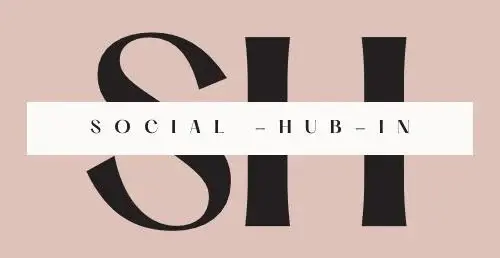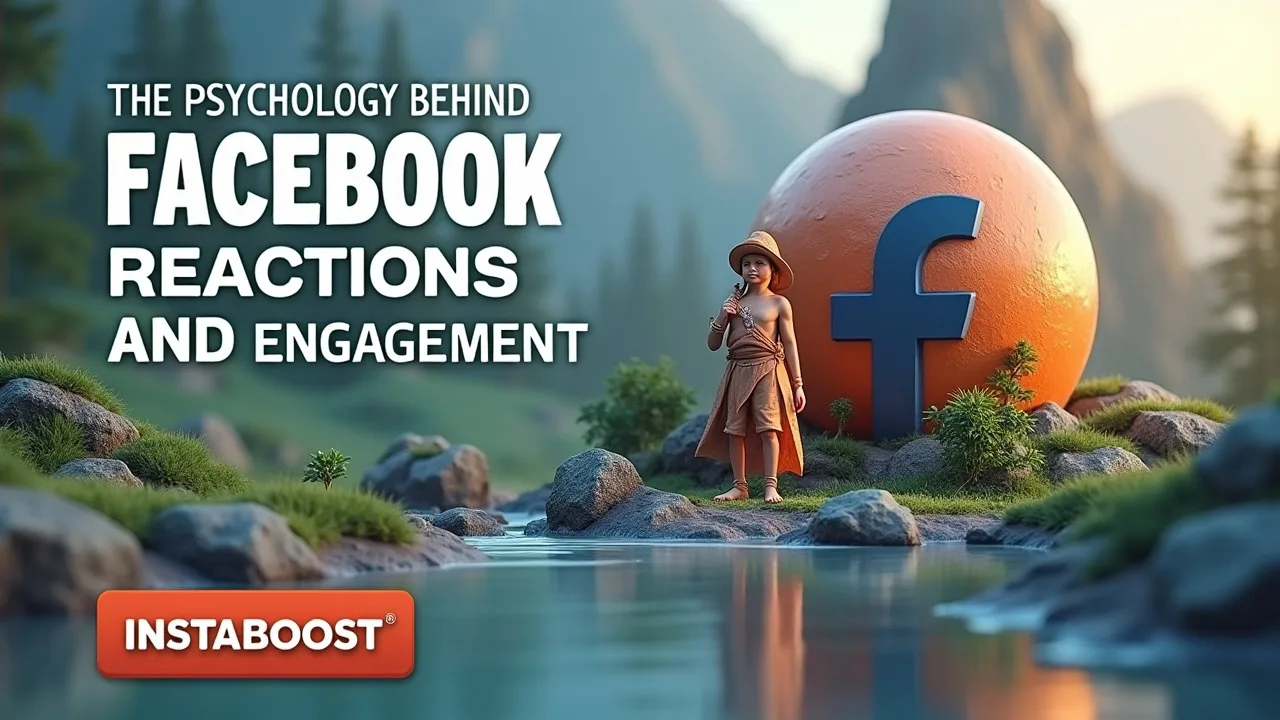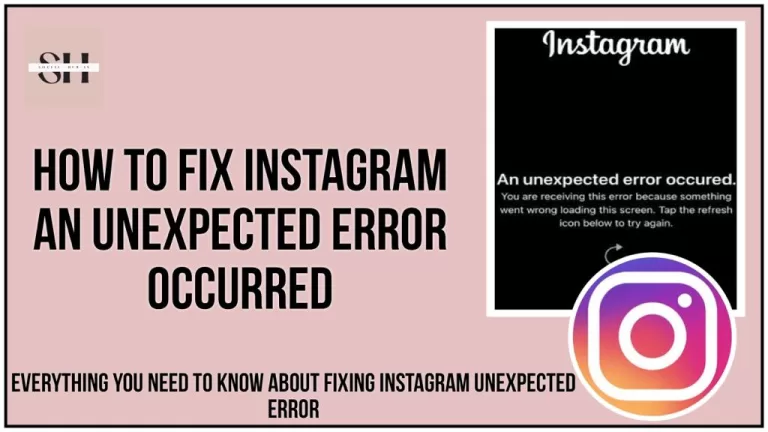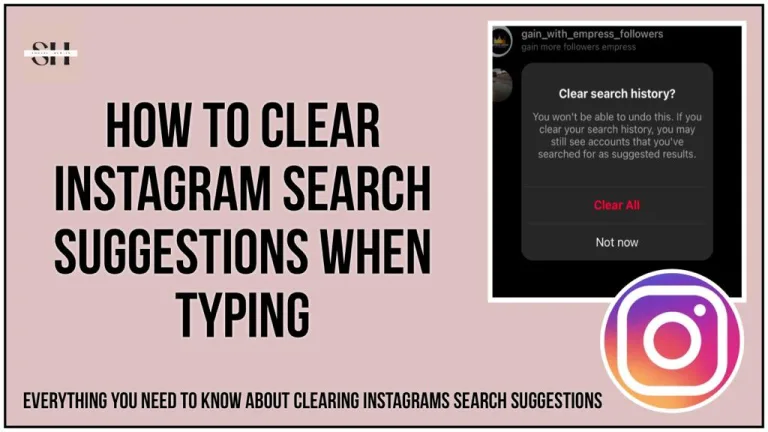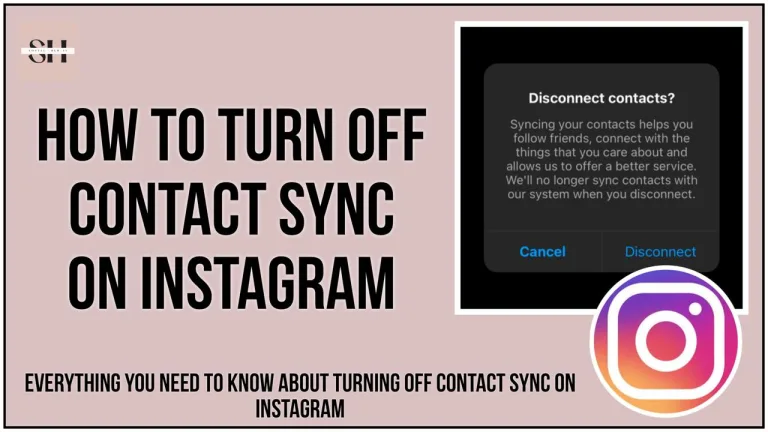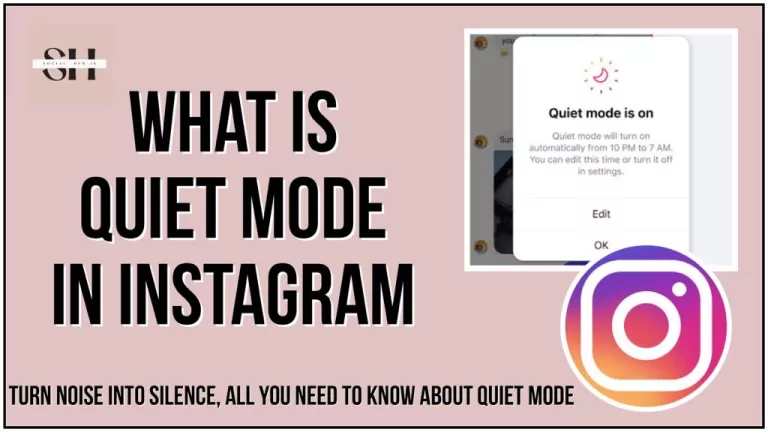I can vividly recall the first time I realised how addictive those little thumbs-up icons on Facebook could be. After posting a casual snapshot of my dog munching on an oversized treat, I found myself returning to the platform again and again, eager to see who had clicked “Like” or added a funny sticker. It felt strangely validating, like a digital pat on the back that assured me my momentary slice of life mattered. Yet is it merely vanity? Something deeper might be at play here: psychological research often points to how positive reinforcement – even in simple forms such as a reaction on social media – can trigger the brain’s reward centre.
We get that subtle rush of dopamine, sparking a cycle where we share more in the hope of replicating that warm feeling. This is precisely where some individuals enlist the help of INSTABOOST, aiming to ensure more eyes and reactions land on their carefully composed updates, be they funny, profound or downright mundane. Yet as comforting as these reactions can be, they also highlight a bigger question: do these quick clicks create genuine bonds, or do they merely fuel a passing sense of validation? Perhaps the real takeaway is that those digital nods, while fleeting, reflect our innate desire to be noticed – even if it’s just a flick of a thumb on someone else’s screen.
Subtle Shifts in Emotional Investment
A few months back, a friend confided that a lack of reaction to her heartfelt post felt strangely deflating, despite her strong real-life support network. It was as if the absence of Facebook engagement cast a slight shadow over an otherwise positive moment. That admission made me wonder: how did we reach a point where the virtual applause of a button press – or lack thereof – carries so much emotional weight? The platform, designed to link people across the globe, also shapes our mental landscape in subtle ways. It’s reminiscent of a bustling café that can feel vibrant if you’re part of the conversation, or isolating if you’re merely passing by unnoticed. In an attempt to tilt the odds, some users turn to INSTABOOST. The idea is simple: if you can encourage the platform’s algorithm to spotlight your content, maybe you’ll suffer fewer silent moments and enjoy more visible support. Still, the underlying question lingers: are we using these digital markers as a gauge for personal worth?
The pleasure of seeing our posts resonate can quickly morph into the sting of perceived indifference when the response isn’t what we imagined. Ultimately, the real influence of those reactions lies in whether we see them as an authentic connection or just another fleeting thrill in a busy online world.
The Algorithmic Tug of War
It sometimes feels like the most thoughtful post can sink without a trace while trivial updates flourish, leaving us to wonder if Facebook’s algorithm is playing a trick on our sense of value. You might pour your heart into a passionate commentary on current events, only to watch a quick joke sail past it in the feed. This discrepancy stems partly from how the platform prioritises engagement – posts that spark rapid responses or heated discussions tend to appear more often. As a result, many creators gravitate towards INSTABOOST, hoping to give their carefully crafted posts a fair chance in this unpredictable system. By nudging your content under the algorithm’s nose, you’re effectively saying, “Look here for a moment.” Of course, no strategic boost will transform bland writing into a viral sensation. But for those who want their heartfelt posts to get the attention they deserve, choosing to buy Facebook reactions can help increase early engagement—giving the algorithm a reason to take notice and show your content to more of the right people.
The challenge lies in standing out authentically while also acknowledging that your audience’s attention might be pulled in countless directions. Perhaps the trick is to blend sincerity with a spark of intrigue, trusting that if your message genuinely resonates, those who see it will respond. The algorithm remains opaque, but that doesn’t mean you’re powerless to steer your best ideas into view.
The Dark Side of Virtual Validation
Not too long ago, I spoke with a colleague who admitted her self-esteem faltered whenever her Facebook posts failed to receive the expected wave of reactions. Oddly enough, she carried herself with poise in face-to-face interactions, yet in the digital space, she felt exposed and insecure. It reminded me of how social media can act like a distorted mirror – reflecting a hyper-curated portrait of how others perceive us. If that reflection looks sparse or lukewarm, the emotional toll can be disproportionately large. It’s part of why some users resort to INSTABOOST, hoping at least to sidestep the crushing doubt that no one sees or values their contributions. While a gentle bump might ensure your post doesn’t go unseen, it can’t replace the deeper bonds formed by regular interaction and genuine empathy.
The risk arises if we start equating digital approval with real-life significance. In a sea of likes and reactions, it’s easy to forget that personal growth and resilience come from within – no notification can grant long-term validation if we don’t believe in our own voice. Facebook Reactions are fleeting cues, offering a momentary boost or a subtle sting, but they’re far from the complete picture of who we are.
Finding Harmony in a Like-Driven World
As we navigate this realm of digital applause, perhaps it helps to regard Facebook Reactions as what they truly are – brief signals of acknowledgment, rather than final judgments of our worth. Embracing that idea can free us from chasing numerical highs or plunging into despair over low engagement. A well-timed service like INSTABOOST may indeed nudge your content into the spotlight, ensuring more people have the chance to see your heartfelt posts, comedic escapades or thought-provoking commentary.
Yet it’s the personal connections that truly sustain us, the honest discussions and shared experiences that transcend a mere thumbs-up. To find harmony, we might blend smart strategy with genuine self-expression: craft content that reflects our passions, trust that some observers will resonate deeply with it and accept that not everyone will join in. After all, those who do pause to listen or comment are often the ones who matter most – and a handful of meaningful interactions can outshine a flood of passive approval. Perhaps that’s the real lesson behind Facebook’s Reactions: they’re a starting point, not a verdict, and we have the power to shape how we respond to them, both emotionally and creatively.
